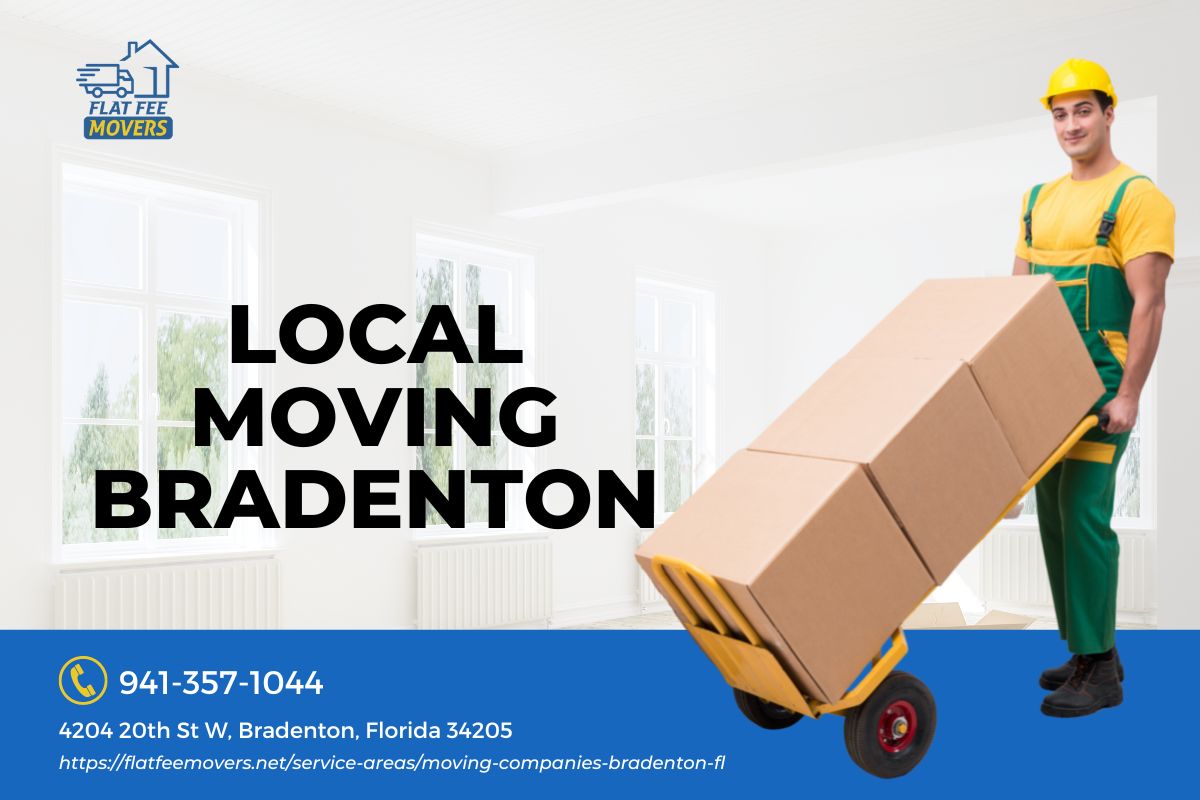


Introduction
Moving can be a stressful and overwhelming experience. From packing up your belongings to finding a reliable moving company, there are countless tasks to tackle. One crucial aspect of a successful move is organizing and labeling your boxes effectively. By doing so, you can ensure that your items are easily accessible during the unpacking process and minimize the chances of any damage occurring. In this article, we will explore the best practices for organizing and labeling boxes to make your move as efficient as possible.
Why is Organizing and Labeling Important?
Before we delve into the specifics of how to organize and label your boxes, let's first understand why this step is so crucial. Proper organization and labeling can save you time, effort, and frustration during both the packing and unpacking stages of your move. Here are some key reasons why organizing and labeling is essential:
Easy identification: Clearly labeled boxes allow you to quickly locate specific items when needed, without having to open every box.
Efficient unpacking: By grouping similar items together and labeling them accordingly, you can streamline the unpacking process and avoid unnecessary searching.
Minimize damage: Properly organizing fragile items and clearly marking them as such ensures that they receive special care during transportation.
Inventory management: Well-organized boxes make it easier to keep track of your belongings, especially if you need to access certain items before fully settling into your new space.
Now that we understand the importance of organizing and labeling let's dive into the practical steps you can take for an efficient move.
How to Organize and Label Boxes for an Efficient Move
Step 1: Gather Packing Supplies
Before you start packing, make sure you have all the necessary supplies on hand. This includes sturdy cardboard boxes in various sizes, bubble wrap or packing paper for fragile items, packing tape, markers, and labels. Having everything ready will enable you to pack efficiently without any unnecessary interruptions.
Step 2: Create an Inventory List
Start by creating an inventory list of all the items you plan to pack. This list will serve as a reference point when labeling your boxes and will help you keep track of your belongings throughout the moving process. Be as detailed as possible, noting down the contents of each box and assigning it a unique number or label.
Step 3: Categorize Your Items
To streamline the packing process, categorize your items into logical groups. For example, you can group kitchen items together, bedroom items together, and so on. This will help you stay organized during both the packing and unpacking stages.
Step 4: Label Your Boxes Clearly
When labeling your boxes, ensure that the labels are clear and visible. Use a bold marker or label maker to write legible descriptions on each box. Include details such as the room the box belongs to and a brief description of its contents. For example, "Kitchen - Pots and Pans" or "Living Room - Books."
Step 5: Prioritize Essential Items
Pack a separate box containing essential items that you'll need immediately upon arrival at your new home. Label this box as "Open First" or "Essentials" so that it stands out from the rest. Include items like toiletries, bedding, a change of clothes, important documents, and any other necessities.
Step 6: Color Code Your Boxes
Consider using a color-coding system to further enhance organization and efficiency. Assign each room a specific color and mark corresponding boxes accordingly. For example, all boxes belonging to the kitchen can be labeled with red markers or have red tape attached. This visual cue makes it easier for movers to quickly identify which room each box belongs to.
FAQs about Organizing and Labeling Boxes for an Efficient Move
1. Can I use any type of boxes for packing? Yes, you can use various types of boxes for packing, but it's recommended to use sturdy cardboard boxes specifically designed for moving. They offer better protection and durability compared to regular cardboard boxes.
2. How should I label fragile items? When labeling fragile items, make sure to use a bright-colored marker or label and clearly indicate "Fragile" on all sides of the box. Additionally, consider using bubble wrap or packing paper to provide extra cushioning for these delicate items.
3. Should I label the top or side of the box? It's best to label both the top and at least one side of each box. This ensures that the label remains visible even if the boxes are stacked on top of each other.
4. How can I keep track of my inventory during the move? You can create a digital inventory list by using a spreadsheet or note-taking app on your smartphone. Alternatively, you can opt for pen and paper if that works better for you. Make sure to update the list as you pack and unpack each box.
5. Is it necessary to color code the boxes? Color coding is not necessary but can significantly streamline the unpacking process. It provides a visual cue that allows movers to quickly identify which room each box belongs to, saving time and effort.
6. What should I do with items that don't fit into specific categories? If you have items that don't fit into specific categories, consider creating a miscellaneous box labeled as "Miscellaneous" or "Misc." This will help you keep them separate from other well-categorized boxes.
Conclusion
Organizing and labeling your boxes effectively is a crucial step in ensuring an efficient move. By following the steps outlined in this article, you can save time, minimize damage, and make the unpacking process much smoother. http://collintgwy539.theburnward.com/movers-near-me-your-convenient-solution-for-local-and-international-relocations Remember to gather all the necessary packing supplies, create an inventory list, categorize your items, and label your boxes clearly. Additionally, consider using color coding and separate boxes for essential items. With these tips in mind, you'll be well on your way to a successful and stress-free move.
Remember, the key to a smooth move is proper organization and labeling. So take the time to invest in this important step, and you'll thank yourself later when you're unpacking in your new home!
Keywords: movers, movers Bradenton, moving company, moving companies Bradenton, moving services, movers near me, moving and storage, moving and storage Bradenton, storage units